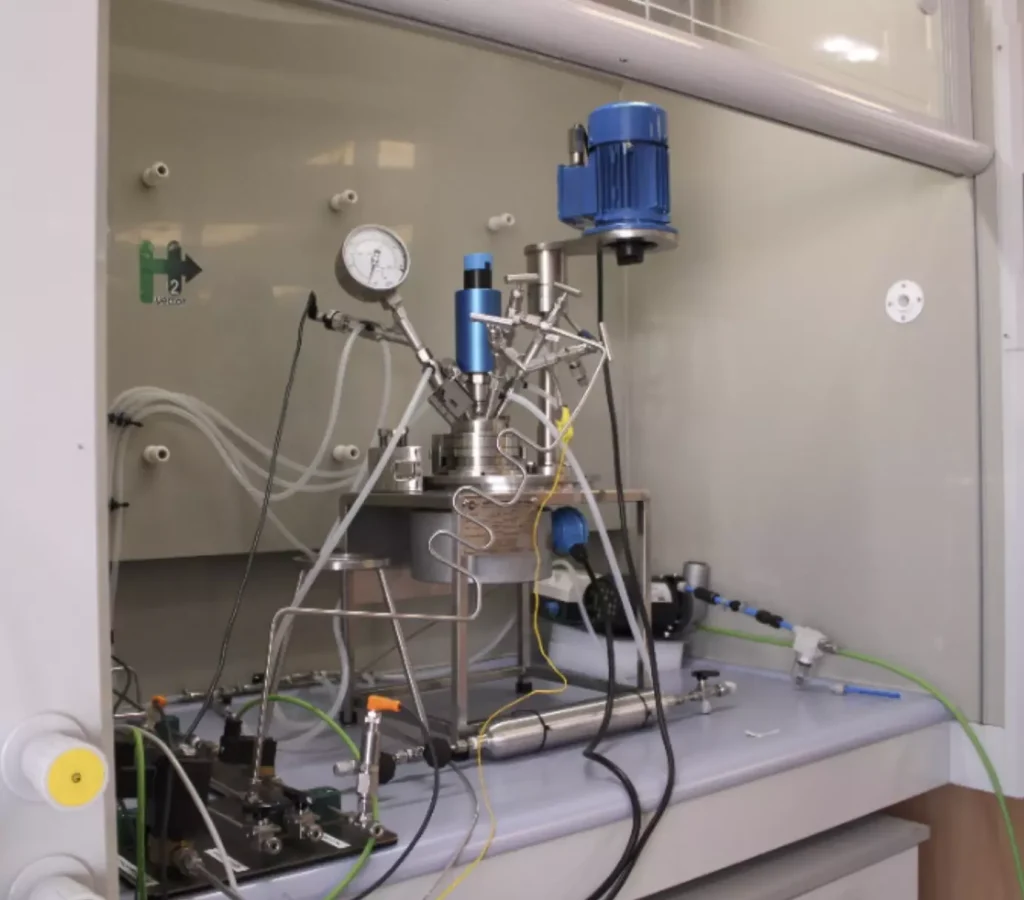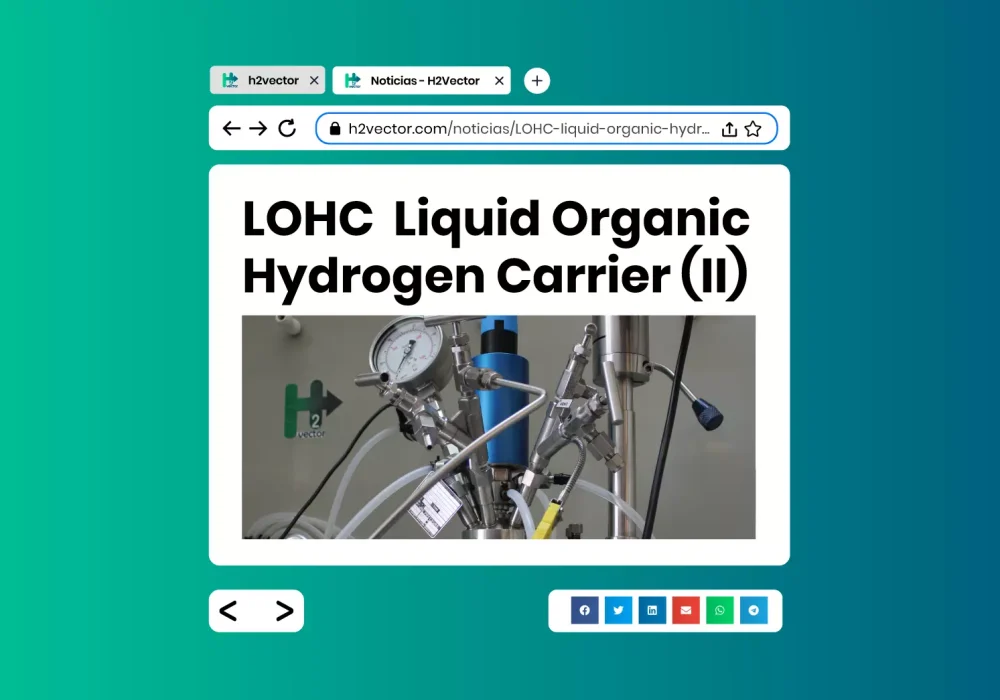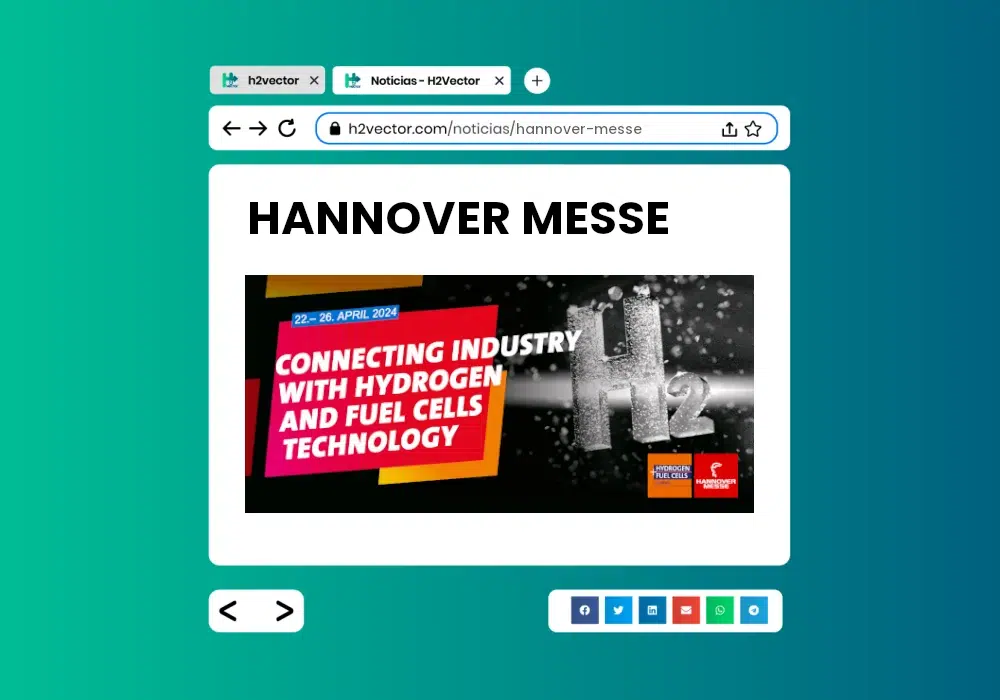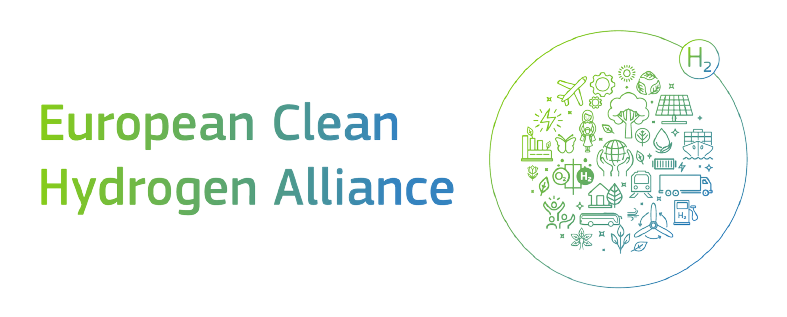We continue digging into the promising development of the LOHC and, in this new post, we will explain a real case, the one that kept us busy during last year.
Our curiosity and eagerness to offer better solutions to our clients, guided us to deepen into an interesting research project about hydrogen storage based on LOHC.
If you do not know yet what are the LOHC, we highly recommend you to visit our previous post.
In our project, we arranged to employ a double of organic compounds used commonly in the heat exchanger industry. The selection of these products present some advantaged as:
– The compounds have high boiling points, resulting in negligible evaporation losses during storage.
– These products are in liquid state at ambient conditions, being simpler their handling, transfer and storage. Final consumers are used to handle liquid fuels, which makes easier the acceptance of a new green fuel. Moreover, it is feasible the usage of existing infrastructures.
– The products are frequently used in the industry, so the availability is a plus, with proven quality, established providers and complex study of their properties and characteristics. Furthermore, they are widely accepted as secure chemical products.
– The liberated hydrogen is separated of the reaction mix through a simple condensation of the organic reactive, without being needed a purification of the hydrogen before their usage for energy generation.
During the development of the project, the type and quantity of the catalytic, the temperature and, especially, the pressure are presented as the variables to be analysed in order to achieve an optimum efficiency.

The development suggested will allow storage approximately 68 g of hydrogen per litre of liquid compound, what means get 0.97 kWh of energy with zero emissions of CO2. While, the consumption of this same amount, but get by a non-renewable source, would represent 0.30 kg of CO2 emitted to the atmosphere. In the same way, comparing the hydrogen with an equivalent quantity of natural gas, the usage of hydrogen will avoid the emission of 2106 kg of CO2 [].
[] Calculator of CO2 emmissions. Estrategia aragonesa de cambio climático y energías limpias. http://calcarbono.servicios4.aragon.es/index.html







